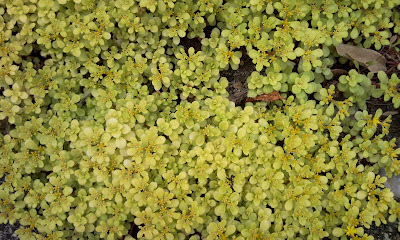Drosera linearis, commonly known 'slenderleaf sundew' is native to North America such as Great Lake in Michigan.
I stared the cultivation of this sundew in last autumn as a drosera grower living in Kansai region kindly gave me 2 of his precious seedlings. First of all, I was pretty worried if I could maintain this beautiful but difficult sundew due to the differences of environmental conditions, that this species inhabits under cool climate while our summer is boiling hot.
So during spring when the weather was still mild, I placed the pot under full sunshine to encourage the plants would grow faster. Then as the temps. exceeded 30 C in late May, I immediately put it under half-shade to avoid the risks.
Even though I could avoid strong sunshine, I expected that the plants would be weaker due to the lack of sunshine. However, it seemed to be alright under poor ray although their growth got so slow..... As a result, D. linearis seems to seek less sunshine, compared with other North American temperate sundews like D. anglica, D. filiformis and D. intermedia.
Until now I haven't faced any troubles and they ensured the whole summer heats without operating air conditioner after all. D. linearis is probably tolerant to heat more than I initially expected. Lucky me!
I took up the cultivation of this sundew with only 2 seedlings as I wrote above. And now the number is still 2. Hopefully the next year I will see the flowers and obtain a lot of seeds. 2 isn't enough at all to maintain the species!
16 October 2011
15 April 2012
5 May 2012
10 May 2012
29 July 2012
22 September 2012

